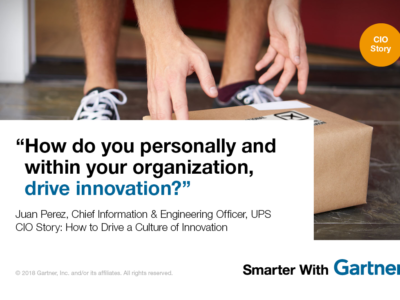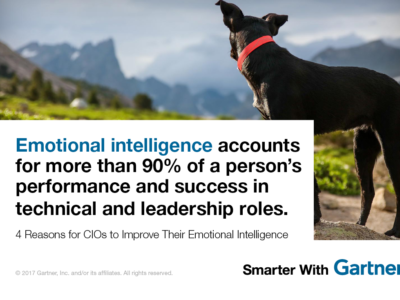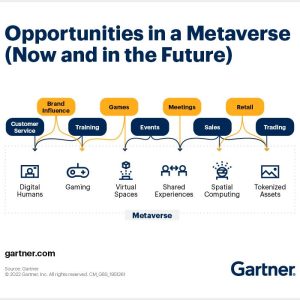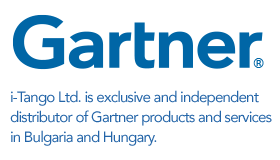Forty percent of CIOs cite information and analytics as their biggest talent gap.
Contributor: Rob van der Meulen
Delegates at the Gartner Enterprise Information & Master Data Management Summit 2016 in London were told today that the role of the chief data officer (CDO) will become ever more important as the pace of digitalization intensifies. Their challenge will be to complement the role of the CIO, modernize information governance and deliver revenue from data assets.
Digital revenue set to surge
Presenting at the Summit, Gartner vice president and distinguished analyst Debra Logan referenced the findings from the Gartner CIO Agenda Survey 2016 showing that private sector CIOs estimated that 37% of their company’s revenue would come through digital sources in just five years. Public sector CIOs were even more bullish, expecting 77% of their processes to be digital within five years.
“Data is an appreciating asset that is poorly managed in most organizations because no one has top-level responsibility, and so information is often managed in silos by various business units,” said Ms. Logan. “Organizations that seek to profit from data need specific functions, roles and responsibilities to manage that asset more coherently and deliver wider business value.”
Information leadership
The CDO role is not simply a technical role focused on governance. In fact an important aspect of a successful CDO’s skills will be keen business acumen that can demonstrate the value of information to various organizational stakeholders.
“Digital leadership requires information leadership,” said Ms. Logan. “If the CIO plans to lead digital initiatives at the board level — as many CEOs are expecting — it will involve a dramatic widening of traditional CIO responsibilities to manage data and information governance, as well as using analytics in new ways to generate business value. Yet, 40% of CIOs cite information and analytics as their biggest talent gap.”
To generate business value from digital sources, the CDO will need to move the organization away from older models of information governance. These are typically centralized and produce highly structured, easy-to-process data that is used to look backward and report mainly for administrative purposes.
Value-generating opportunities are based increasingly on unstructured, harder-to-process information, such as multimedia and social data. “The pace of change in modern business makes traditional backward-looking reporting less and less valuable,” said Ms. Logan. “The CDO will have the time and expertise to pioneer forward-looking predictive analytics, and the information governance that supports it, in a way that most CIOs cannot. A track record in successful change management initiatives will be an advantage.”
CIO and CDO must cooperate
Transferring processes, resources and responsibilities for information management and analytics to the CDO will free the CIO to ensure traditional IT operations continue to run smoothly. Concurrently, it will free time for the CDO to foster executive-level support for digital innovation.
“It’s likely that many new CDOs will come from within the business, rather than being an external appointment,” said Ms. Logan. “The CDO role needs to demonstrate they understand the business, and champion the role of data in improving specific business outcomes. Most successful new CDOs are acting as a business partner for the CIO, while taking on the growing burden of managing and monetizing data.”
CDOs can learn more at the dedicated CDO program at the Gartner Enterprise Information & Master Data Management Summits 2016 taking place in London, U.K. and Grapevine, Texas. Follow news and updates from the events on Twitter using #GartnerEIM.
For more articles on CIO leadership visit Smarter With Gartner website.










